After a couple of crazy first months in Berlin, I escaped where my heart is for two weeks in July: Scotland. I visited Scotland for the first time last year and left my heart there. So obviously, I had to return.
Last year, I saw most of the more „conventional“ Scottish tourist sights, like Edinburgh, Ben Nevis and the Isle of Skye. This time, I rented a car to travel on the more and more famous North Coast 500. It’s a genius campaign to attract more people to the Northern part of Scotland, with well merited success. I heard about the North Coast 500 for the first time during my visit last year and was just fascinated by the idea to explore the Scottish Northeast coastline off the beaten track. By the way, everyone who knows how scared I am to drive longer distances also knows what a big deal this was for me. Especially as they drive on the wrong side of the road 😉

I’m so, so glad that I jumped over my shadow though and just did it! Every day was a blast and I got so lucky with the weather. I had full sunshine for 8 out of my 12 days there and only one really bad rainy day. I couldn’t believe it! Fun fact: Northern Scotland usually gets better weather in summer than e.g. South England as it is influenced by the warm Gulf Stream.
Come with me on a trip of a lifetime and maybe next year you’re the lucky one exploring this wonderful part of the British Isles.
Inverness and Culloden
This time, I flew from Berlin to Glasgow but realized that Edinburgh is better suited as starting point for exploring Northern Scotland. Anyway, after a confusing and expensive train ride (always book your train tickets in advance, really!), I arrived in Inverness with splendid weather and had the chance to walk around to see a bit of the city. It’s a nice little place which you can explore in a few hours. My favourite spot was the wonderful and huge Leakey’s Bookshop on Church Street. I spent two hours there the next day before getting my rental car. Seriously, it’s heaven for everyone who loves books. They also have lots of old redactions, definitely worth a visit.
After collecting my rental car, I drove to Culloden to visit the infamous battlefield where in 1746, the Catholic Jacobites were eventually defeated by the Protestant British army. The battle also marked the beginning of the end of the Scottish clan system and the start of the Highland Clearances during which thousands of Scottish crofters lost their land and moved to the big cities or emigrated to the New World.
Although it’s just an open field and moor, Culloden is a sinister place, considering that more than 2000 men lost their lives in a mission which was doomed to fail from the start. It’s a dark period of British history but if it interests you, the Wikipedia article is a good start. On a sidenote: If you just want to see the battlefield and not visit the museum, walk past the visitor centre and save yourself some money.
Coastal highway to Brora and beyond
After you leave Inverness towards the North Coast 500, you can either make your way directly to the West coast to Ullapool (and hop on a boat to the Outer Hebrides for example) or continue on the Northeast coast in direction to John O’Groats. I choose the latter option and ended up staying in a little scenic town Brora on my second night. Brora has the usual amenities of a highland town, including a renowned golf course and distillery. In my opinion, its most beautiful part is Brora beach. White sand as far as you can see, such a wonderful spot!
The following day, I went on to explore the coast and made several stops, amongst them Badbea and the Whaligoe Steps. Badbea is a former clearance village on the steep coast north of Helmsdale. It was inhabited in the 18th and 19th centuries by crofter families after the highland clearances. It’s unbelievable how they managed to make a living in such a hostile environment. The 365 Whaligoe Steps lead down to a former fishing harbour in a small bay south of Wick. Here, as in many other Scottish harbours, people lived off fishing herring until the fishing grounds dried out. The site is worth the visit although the site is difficult to find. Lonely Planet was very helpful though: „The path begins at the end of the minor road beside the telephone box, opposite the road signposted ‚Cairn of Get’.“ Got it? 😉
Wick to John O’Groats
I arrived in Wick in the late afternoon but couldn’t really find a reason to stay longer. After visiting the very well curated and award-winning Wick Heritage Museum, I went on to search for a camping site to pitch my tent but I ended up in John O’Groats up North. Usually this place is packed with tourists taking pictures of the most northerly point on the British mainlaind (it’s not though, that’s Dunnet Head a bit further west, see below) or taking a ferry to the Orkney Islands. From John O’Groats, a detour to Duncansby Head is recommended and offers a splendid view of the Islands in good weather as well as the impressive Duncansby Stacks at the coast.
Dunnet Head to Armadale
After a night at John O’Groats, the next day was very rainy but I tried my luck to go to Dunnet Head, the most northerly point on the British and thus Scottish mainland. Although the weather was really bad, I saw at least a few cute puffins and other birds flying around. On my way to my accommodation in Thurso (not much see there, really), I stopped at Mary Ann’s Cottage in Dunnet. It’s a very well curated museum about the farming life in the Scottish Highlands and open for a couple of hours every day during summer. Every visitor or group gets a private tour by the team on site. Well worth a visit, especially when the weather is too bad for hikes.
After a night in Thurso, I returned to Dunnet Head because the weather was so much better. In good weather, you have a fabulous view of the Orkney Islands and the surrounding coast. In addition, you can enjoy the wide white Dunnet beach much better. Stunning!
On the way to Armadale and beyond, there are many wonderful little or big beaches. Take the time to stop at a few of them, the views are incredible and there aren’t many people around most of the time.
Ben Hope, Durness and Sandwood Bay
From Armadale where I stayed in an old manor house, I made my way slowly to Durness. After hiking up Ben Nevis last year, I aimed to bag another Scottish Munro: Ben Hope (927 m). The access to the hiking path is a bit tricky but it’s worth the effort. I started climbing after lunch time and I was lucky to have no clouds and wonderful views on top. All in all, the round trip takes approximately four hours but is challenging at times. After the afternoon on top of a mountain, I arrived in Durness right in time for an amazing sunset at the beach. The area around Durness is renowned for it’s stunning beaches and it didn’t disappoint.
Although the next day started out misty, I took my chances and drove to the access point for Sandwood Bay Beach on the West coast. And I was lucky again with the weather! The hike from the parking lot is more than six tedious miles but it’s absolutely worth it. I think the pictures speak for themselves. What a wonderful beach! As the weather turned out to be splendid during the afternoon, I couldn’t resist to go for a swim in the blue and freezing water (most likely around 12°C). So much fun!
The West coast to Ullapool
After my time in Durness, I made my way down the West coast of Northern Scotland. The drive can be challenging as lots of the West coast roads are one lane roads and you need to stop every so often to let oncoming traffic through. I drove and made several stops until I reached the camping site in Achmelvich. Super busy with lots of families but does the deal for one night. Also, it has a nice little bay from where you can explore the surrounding area.
The day after, I made my way to Ullapool, the biggest and most important town in the area as it’s the access point to the Isle of Lewis (Outer Hebrides) and for tours to the Summer Isles. I got a bit of a shock when I was suddenly surrounded by so many people again after several days in the empty highlands. Nevertheless, Ullapool is a cute little place and worth a stop if you’re in the area.
From Ullapool, I drove to Loch Glascarnoch where I stayed in a B&B for two nights. Nothing spectacular to see around there but a good starting point to explore the area. The next day, I did a tour of about 100 miles on the coast via Dundonnell, Poolewe, Gairloch and Kinlochewe. There are a few nice spots along the way, so take your time.
On my way back to Inverness
For my last full day with the car, I couldn’t bring myself to stay in Inverness so I drove past it again to camp in Portmahomack, a wonderful little coastal village. As the beach and the weather were splendid, I couldn’t resist to go for another cold swim. On the way to Portmahomack, I also made a stop at Chanonry Point, a famous dolphin viewing point. I wasn’t disappointed, together hundreds of other spectators. Also, the Tarbat Ness lighthouse and its views just north of Portmahomack are worth a visit.
After handing in my car on my last full day in Scotland, I was really sad to leave. I hopped on the train to Glasgow to spend my last night there. Glasgow is a very industrial city and I didn’t really like it when I visited last year but it has some nice corners. This time, I stayed in the Western part of the city near Kelvingrove Park. A nice place for a walk, if it doesn’t rain… Also, the free Kelvingrove museum with its diverse exhibitions is worth a visit.
Coming back to Berlin to the big city was a bit if a shock after those wonderful two weeks in the Scottish countryside. I like this weird little country, its amazing nature, its people and fascinating history so much! I’ll be back in the not too distant future as there’s still so much more to discover in the beautiful Scottish Highlands.
PS: I’ve come across quite a bit of litter on all those lovely beaches. It makes me sad to see that people leave their rubbish behind where they’ve spent a lovely time. So take your rubbish back with you and dispose of it properly. Nature and the people coming after you will thank you. There are also amazing local cleanup projects, e.g. the Scottish Coastal Cleanup Project, which are worth to be supported!

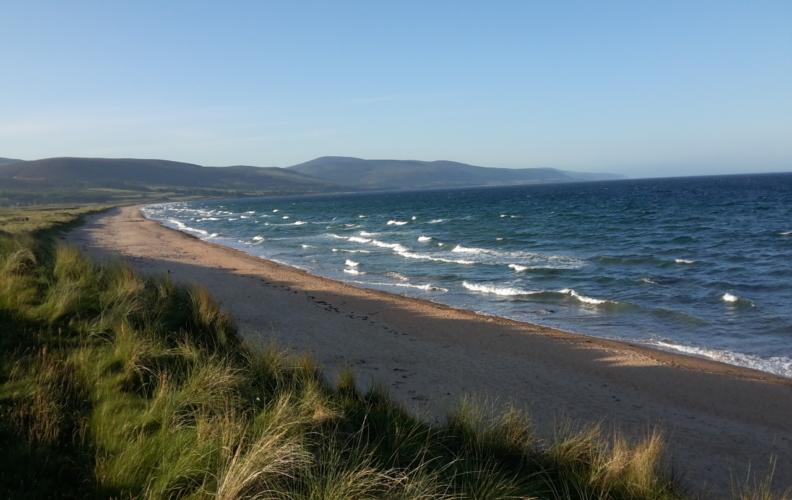
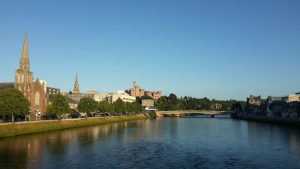
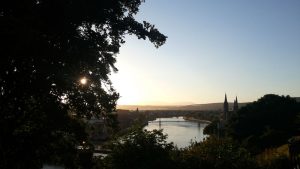
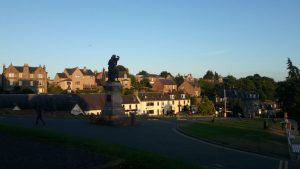




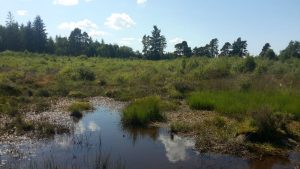



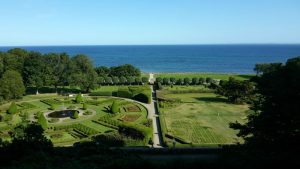
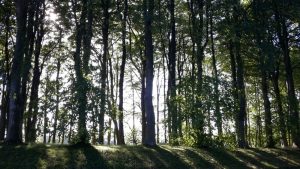

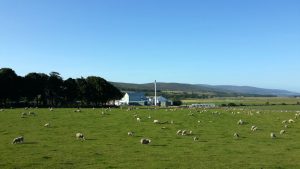


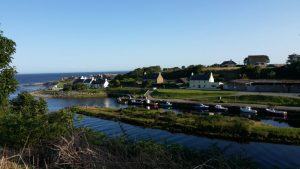




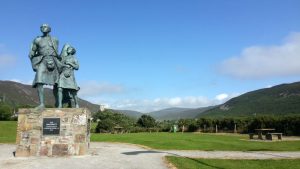


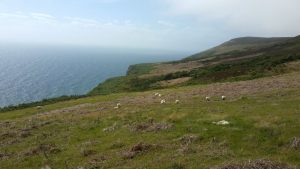


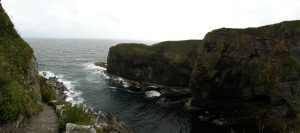
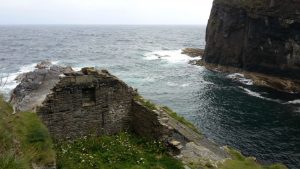
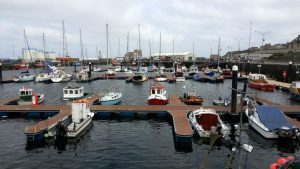
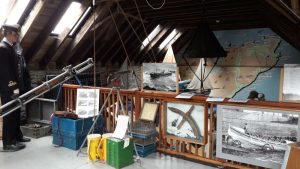

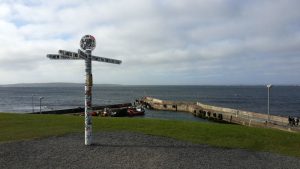
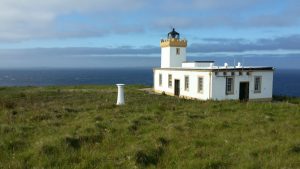
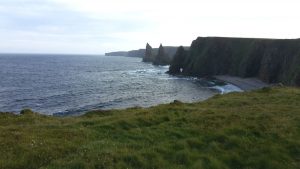
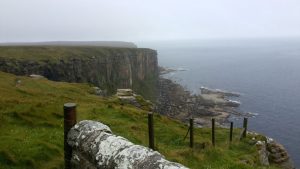

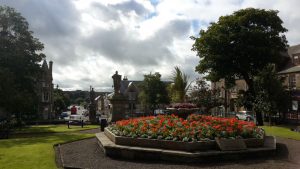
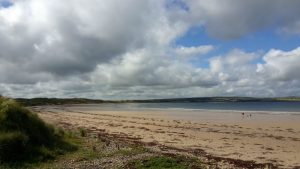

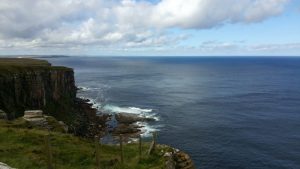

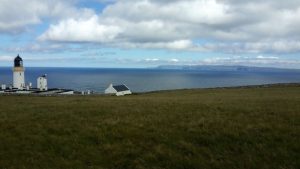
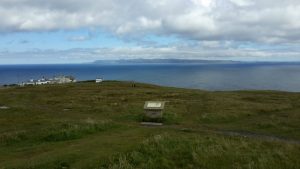
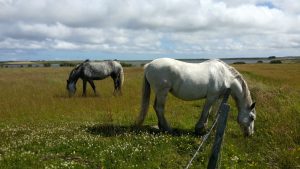
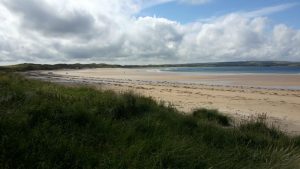





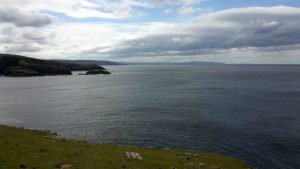


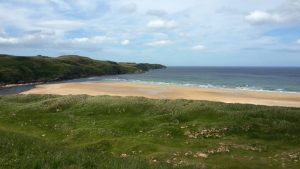
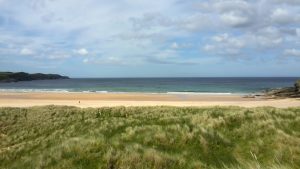
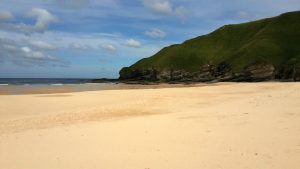


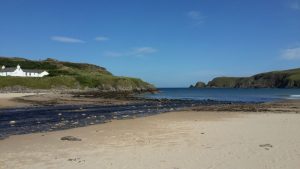
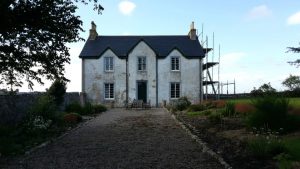
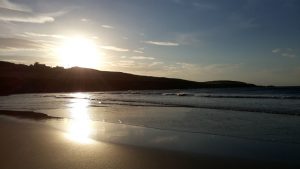

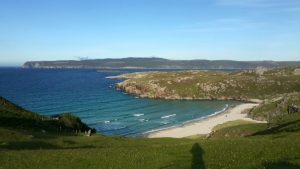
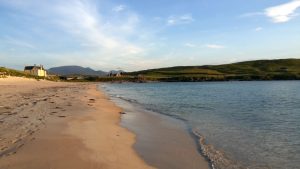




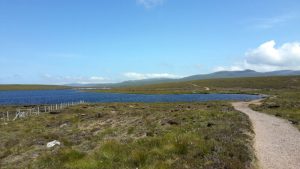









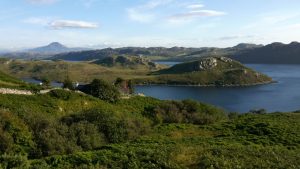



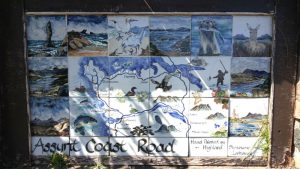

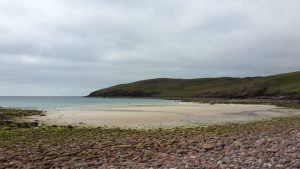




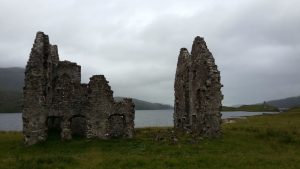


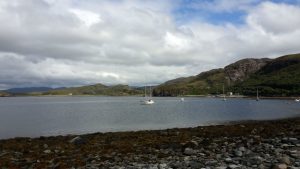
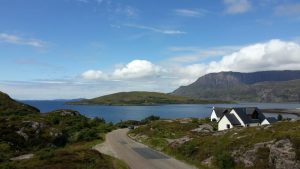

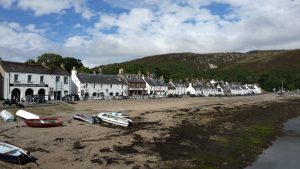
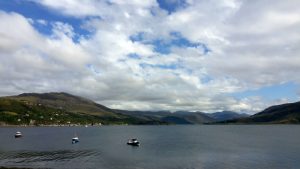
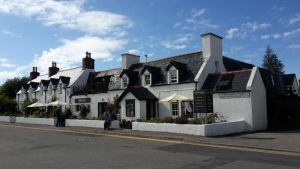


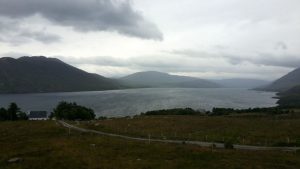

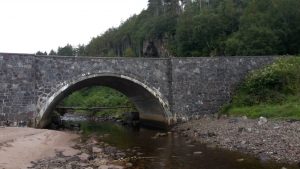
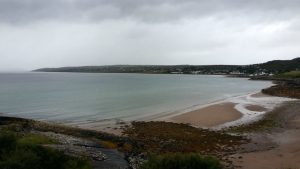
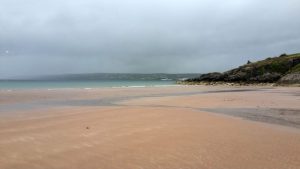


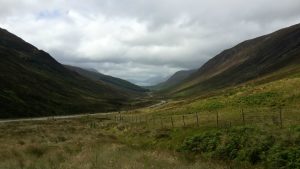

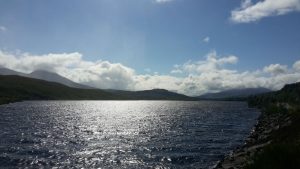

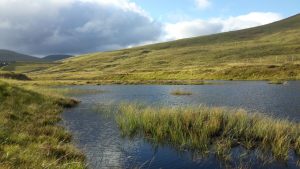





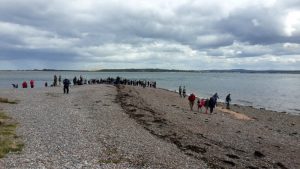

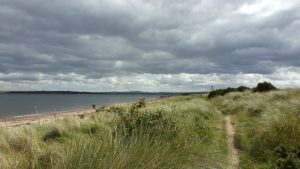
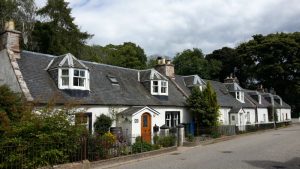
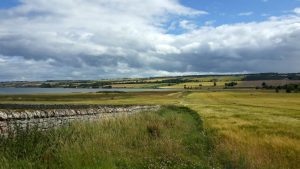



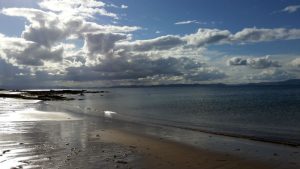


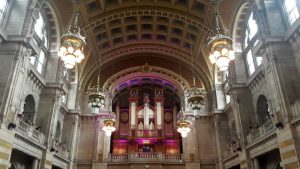
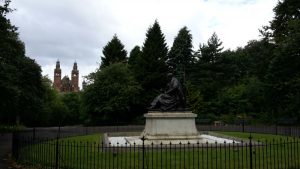


Hi Kathleen, I started to read your piece on your trip to NC 500, and would like to point out that the battle at Culloden was between Jacobites (Catholics) and the British army(Protestants)!! It had nothing to do with Scottish against English. It is a common mistake. Check history. Have a great return visit. John
Thanks for pointing that out, John. I’ve updated the text.
Very nice report and brings back great memories.
Unfortunately the pictures can’t be seen in a bigger/better size/resolution?
Brilliant read and I will be doing mine next year.
Kind of reliving my childhood